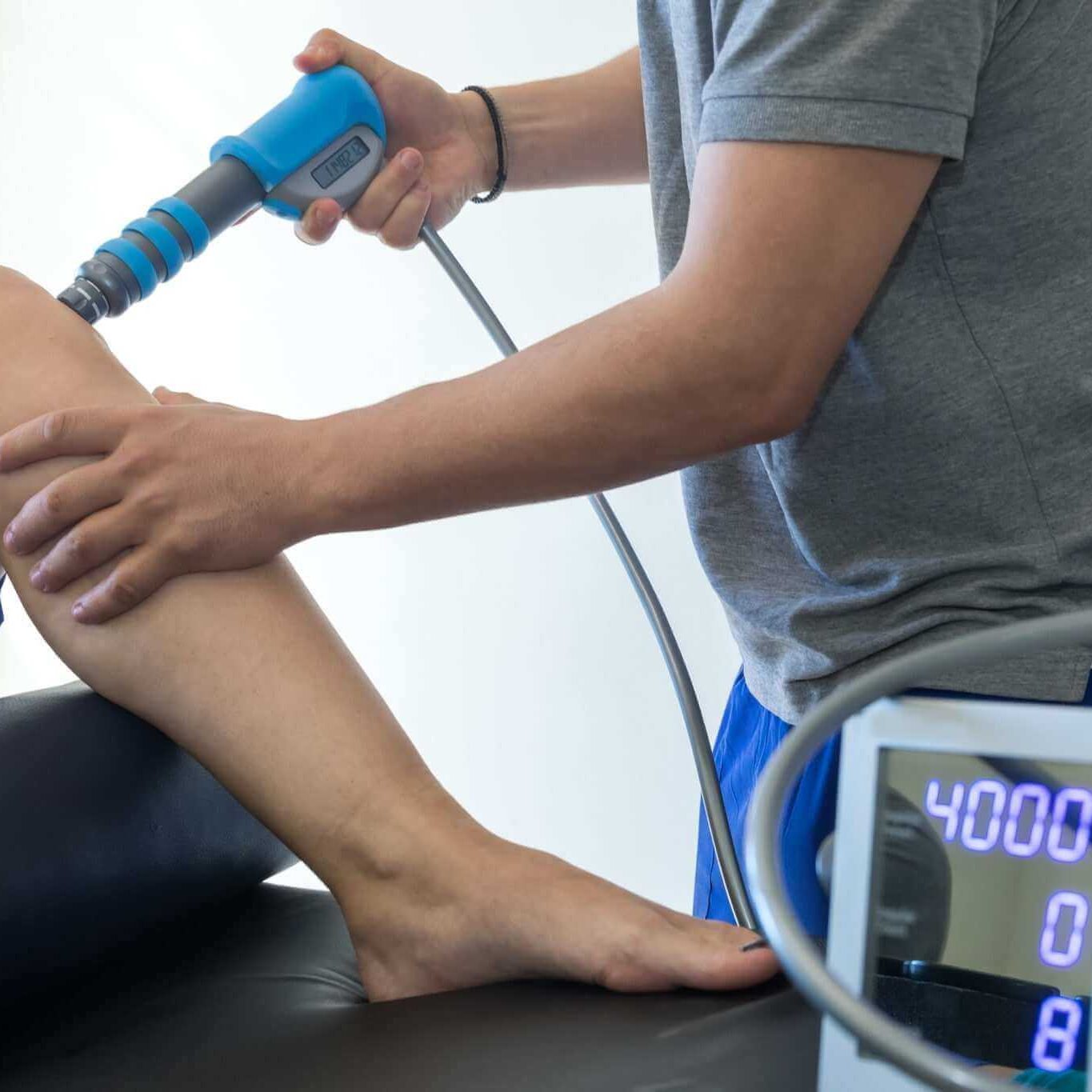A Ripple Effect: How Extracorporeal Shockwave Therapy came to Podiatry.
Timeline
After World War II, patients who had been fighting near water bombs were observed having damage to the tissues of their lungs, however they had no external damage. This event was the first marked time that shockwaves had been seen to affect humans and was also the initial idea for the next decades to look into medicinal purposes for shockwaves.
In the 1950s an electrohydraulic machine was created to stimulate shockwaves in a controlled way. The decade that preceded saw its first human subject. Like other famous scientific discoveries, it was first discovered by accident in the lab. This incident was the discovery that shockwaves cause mild side effects to the muscles, fat and connective tissues while leaving bone tissue completely alone.
The 1970s were the era of great improvement! The extent and side effects of shockwaves were still not known so testing was done in gelatin. From their research with jelly, a lab trial trying to disintegrate a kidney stone without directly touching the stone proved success! A decade later the trial was taken out of the lab and into the real world, and the scientists moved on to bigger and better. Gallbladders.
In the late 1980s the applications of shockwaves started to move away from Urology and into bone and musculoskeletal issues. The findings for bone related issues were not as successful as musculoskeletal, as there was not a distinguishable difference for intact bones. However, using animals, further studies discovered that the shockwaves did stimulate healing in fractures of the bones. Continuing down that path of study is what leads us to the ESWT use today.
Today, the ESWT is used to create a reaction in cell bodies by inducing healing enzymes to be created. These enzymes help move along the healing process in the area where ESWT is applied.
Looking to the Future
Being less than a century young there is still so much room for more diverse applications in medicine for shockwaves. The different machines, duration and frequency of the therapy and the condition being treated are variables that have hindered clinics from being able to find preferred solutions to ailments that can have relief from ESWT. Now that Extracorporeal Shockwave Therapy is becoming more accessible around the globe, the future could hold the answers for many medical problems.

